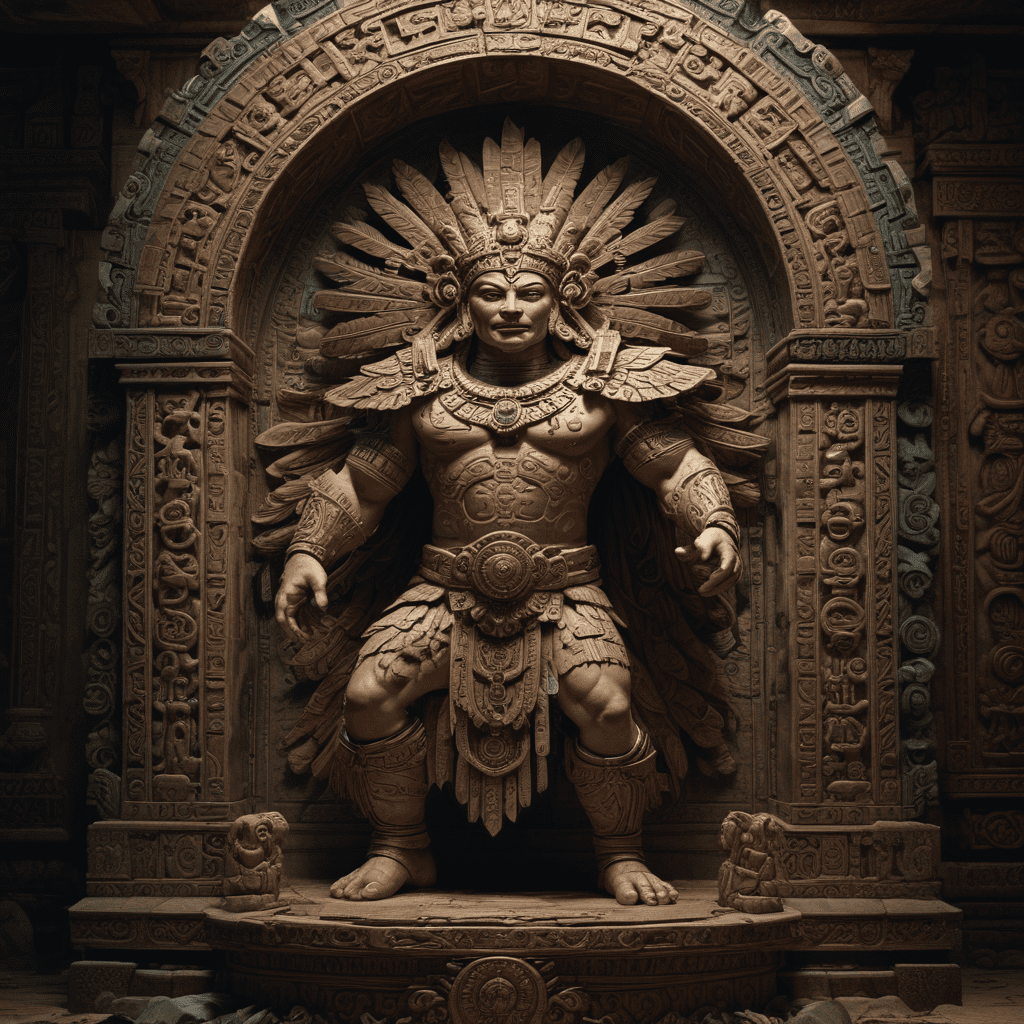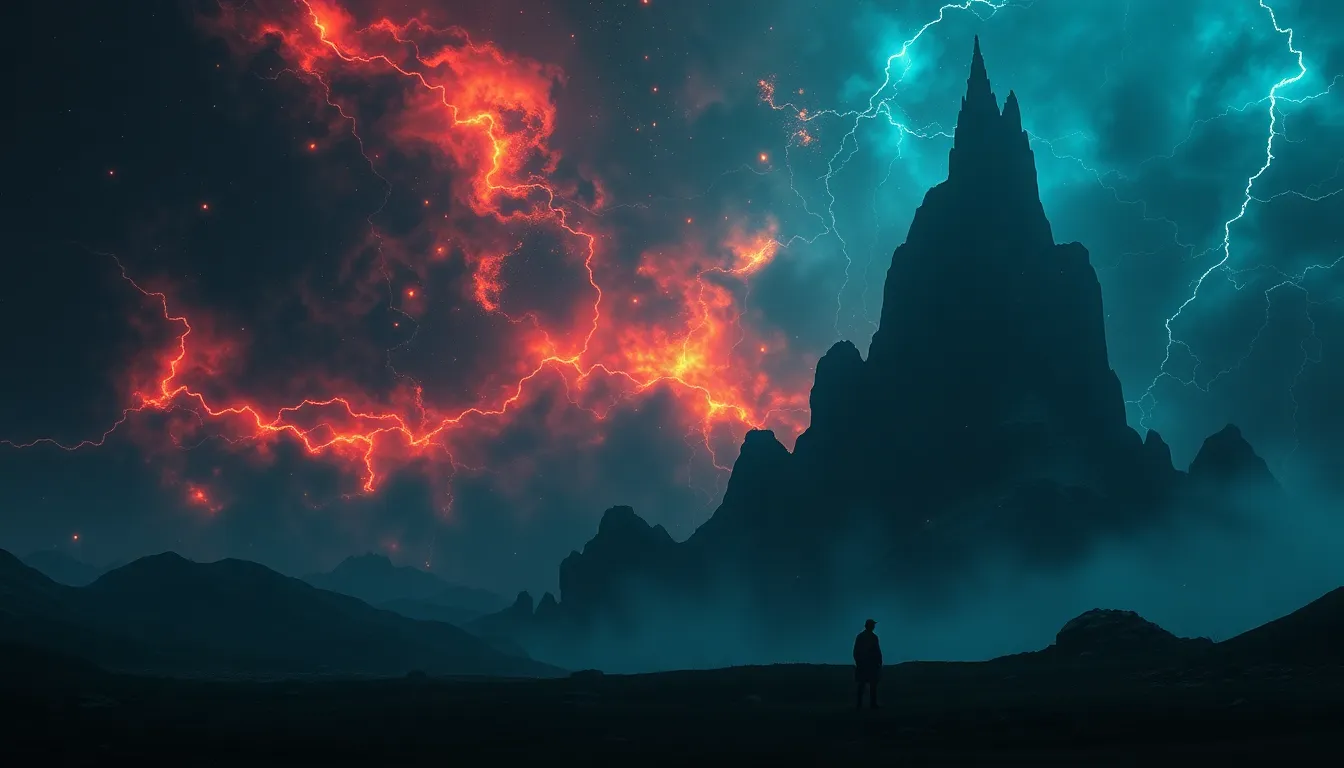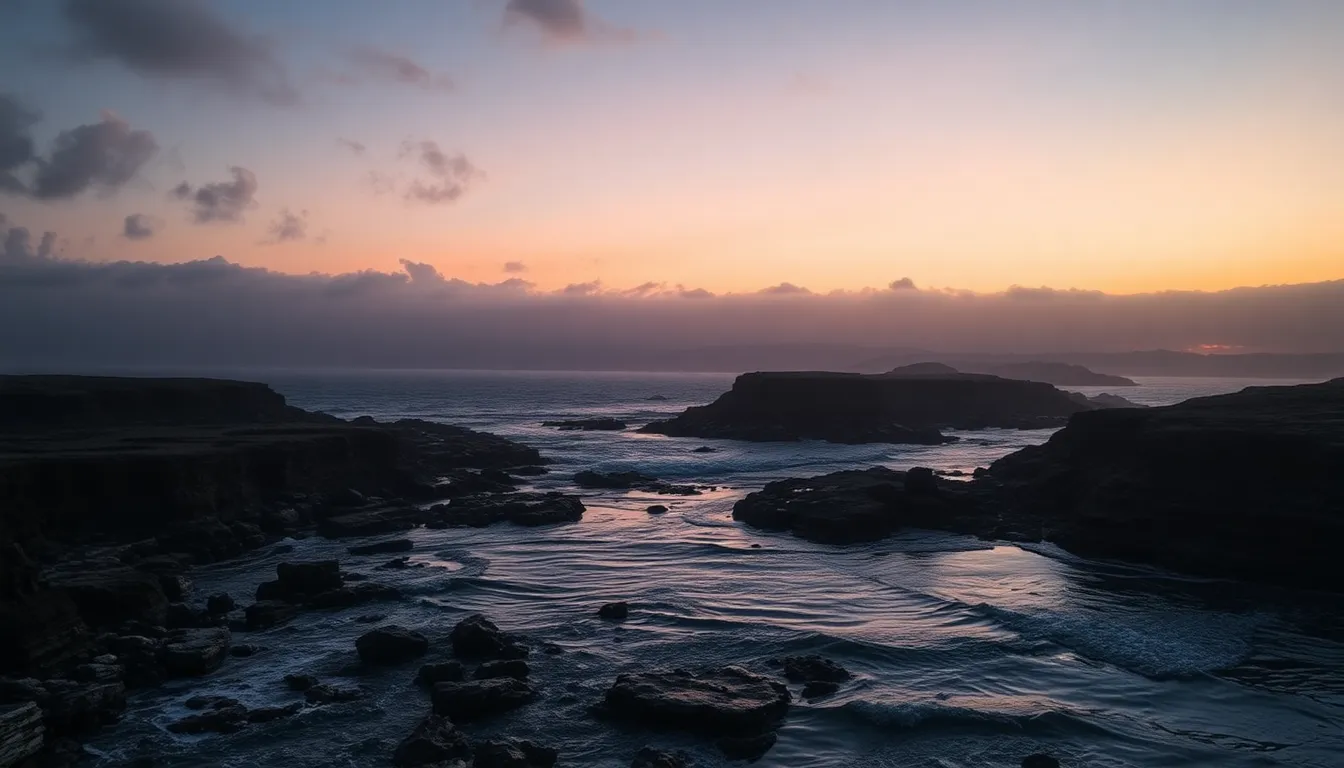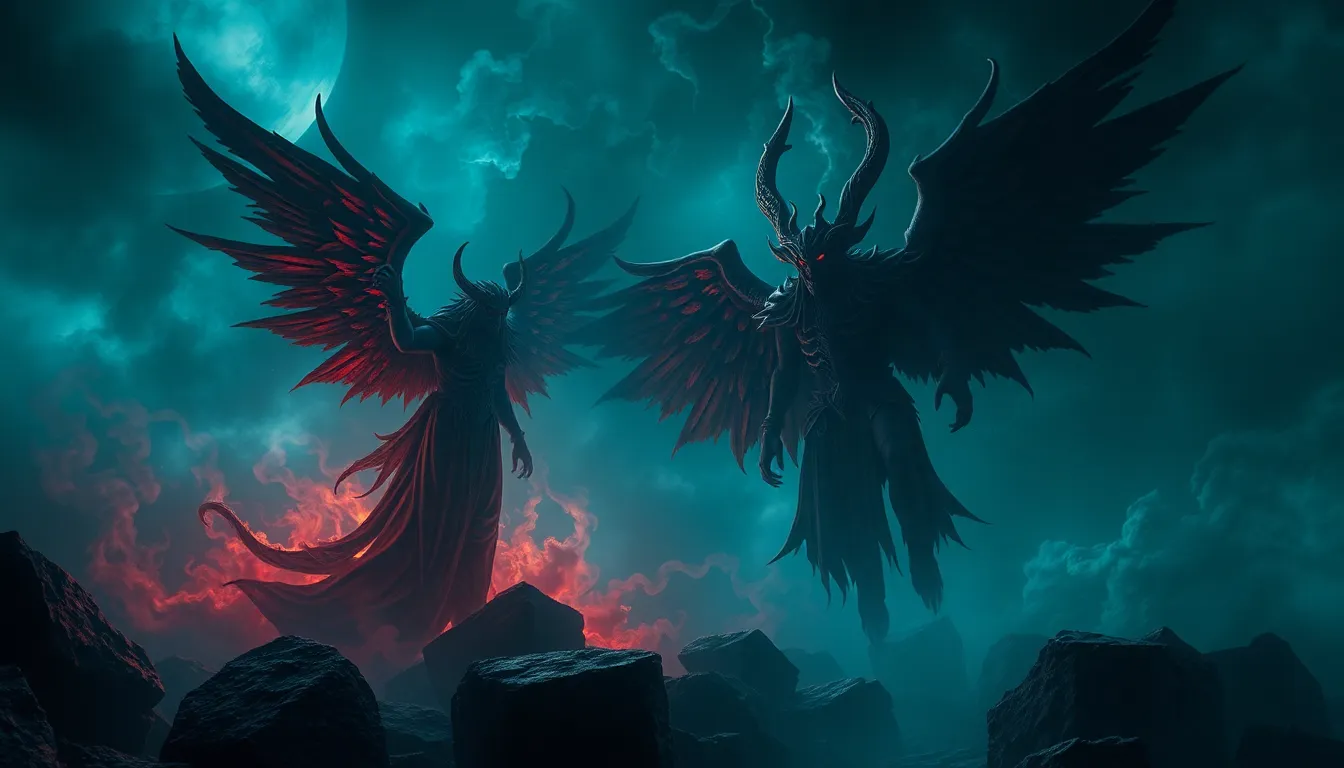Mayan Creation Myths: From Chaos to Order
The captivating creation myths of the ancient Maya people offer a window into their beliefs about the world, their relationship with the cosmos, and the profound sense of interconnectedness that permeated their society. These myths, passed down through generations, hold deep significance in understanding the Mayan cosmology and their enduring legacy.
I. Introduction: A Tapestry of Myths
The creation myths of the Maya paint a vibrant tapestry of storytelling, encompassing diverse narratives and interpretations across different regions and time periods. From the Classic period to the Postclassic era, Mayan myths evolved and branched out, reflecting the cultural fluidity and regional variations within Mayan civilization. This multifaceted nature of their creation myths adds to their richness and complexity, providing valuable insights into the evolution of Mayan beliefs and their profound connection to the natural world.
II. The Primordial Sea and the Birth of the Gods
In the beginning, according to Mayan mythology, existed only a boundless ocean, a watery expanse devoid of form and life. This primordial sea, known as Hunab Ku, represented the essence of potentiality, a canvas of pure existence awaiting the spark of creation. From this primordial soup emerged the first deities, the divine progenitors who would set in motion the grand saga of creation. Among them was Tepeu, the powerful creator god, whose name translates to "Heart of Heaven," signifying his central role in shaping the cosmos.
III. The World Takes Form: A Series of Creations
The Maya believed in multiple creations, each attempt progressively refining the world towards its ultimate perfection. The first attempt resulted in flawed beings carved from wood, followed by a race of mud beings that lacked intelligence. Only with the third attempt did the gods achieve success, crafting humans from maize, a sacred grain that embodied life, sustenance, and divine blessing. This corn-based creation solidified humanity's inextricable bond with the natural world and established maize as a cornerstone of Mayan cultural identity.
IV. The Hero Twins and the Underworld's Challenge
The Mayan creation myths feature a compelling narrative involving the legendary Hero Twins, Hunahpu and Xbalanque. These courageous twins undertook a perilous journey into the underworld, Xibalba, a realm ruled by malevolent deities known as the Lords of Death. Through wit, cunning, and divine aid, the twins triumphed over the Lords of Xibalba, restoring balance and light to the world. Their harrowing ordeal symbolizes the cyclical nature of life, death, and rebirth, echoing the Mayan belief in the interconnectedness of the living and the dead.
V. The Four Creations and the Cycle of Suns
The Maya conceived of history as a series of epochs, each associated with a specific sun and a world age. These Four Creations, detailed in the Popol Vuh, depict a cyclical cosmic timeline where each world undergoes its own creation, destruction, and rebirth. Each sun was believed to have a different destiny and presided over a unique world with its own inhabitants and challenges. This cyclical concept of creation and destruction reflects the Maya's profound understanding of time as a fluid, ever-evolving force, shaping the universe in its endless flow.
VI. Sacrifice and Bloodletting: A Ritualistic Balance
Sacrifice and bloodletting played a crucial role in Mayan rituals, directly connected to their creation myths. These practices held deep symbolic significance, echoing the belief that creation itself came at a cost, requiring sacrifice and sustenance. Bloodletting, often performed by rulers and elites, served as a form of self-offering to maintain cosmic balance and appease the deities. These rituals reinforced the sacred connection between humans and the divine, ensuring the continued wellbeing of the world and its inhabitants.
VII. The Popol Vuh: A Literary Treasure Trove
The Popol Vuh, the sacred book of the Quiché Maya, stands as the primary source for understanding their creation myths. This invaluable text narrates the story of the world's creation, the exploits of the Hero Twins, and the epic history of the Quiché people. Written in a rich and poetic style, the Popol Vuh is a masterpiece of Mayan literature, offering insights into their philosophical, religious, and cultural beliefs. It serves as a testament to the enduring power of storytelling and its ability to preserve and transmit ancient wisdom across generations.
VIII. Archaeological Evidence and the Material World
Archaeological evidence plays a crucial role in complementing and enriching our understanding of Mayan creation myths. Ancient Mayan cities and temples are adorned with intricate carvings and murals depicting scenes from their creation stories. These visual representations provide valuable insights into how the Maya conceptualized their gods, rituals, and the cosmic order. By studying pottery, architecture, and other artifacts, archaeologists can piece together a more comprehensive understanding of the material expressions of Mayan creation myths, shedding light on their cultural significance and their impact on everyday life.
IX. Modern Interpretations and Enduring Relevance
Mayan creation myths continue to resonate with people today, offering profound insights into the human relationship with nature, the cosmos, and the fundamental questions of existence. Modern interpretations of these myths often explore themes of environmental stewardship, spiritual growth, and the interconnectedness of all living things. These timeless narratives provide a lens through which we can reflect on our own place in the universe and the responsibilities that come with it, serving as a source of inspiration and guidance in the face of contemporary challenges.
X. Conclusion: A Legacy of Creation and Transformation
The creation myths of the ancient Maya provide a captivating glimpse into their worldview, offering a profound understanding of their origins, beliefs, and relationship with the cosmos. These intricate narratives continue to inspire and challenge us, reminding us of the interconnectedness of all life and the cyclical nature of existence. As we delve deeper into the rich tapestry of Mayan creation myths, we gain a deeper appreciation for the enduring legacy of this ancient civilization and the timeless wisdom embedded within their stories.
Frequently Asked Questions (FAQs)
1. What are some of the key themes explored in Mayan creation myths?
- The interconnectedness of life and the cosmos.
- The cyclical nature of creation and destruction.
- The importance of balance and harmony.
- The role of sacrifice and bloodletting in maintaining cosmic order.
- The relationship between humanity and the natural world.
2. What are some of the most famous Mayan creation myths?
- The Popol Vuh.
- The Hero Twins and the Lords of Xibalba.
- The Four Creations and the Five Suns.
3. How have Mayan creation myths influenced modern culture?
Mayan creation myths have inspired numerous works of art, literature, and film. They have also influenced the development of environmentalism and spiritual movements.
4. What can we learn from Mayan creation myths today?
Mayan creation myths can teach us about the importance of living in harmony with nature, respecting the interconnectedness of all life, and embracing the cyclical nature of existence.
5. Where can I learn more about Mayan creation myths?
There are many resources available for learning more about Mayan creation myths, including books, articles, websites, and museums.



